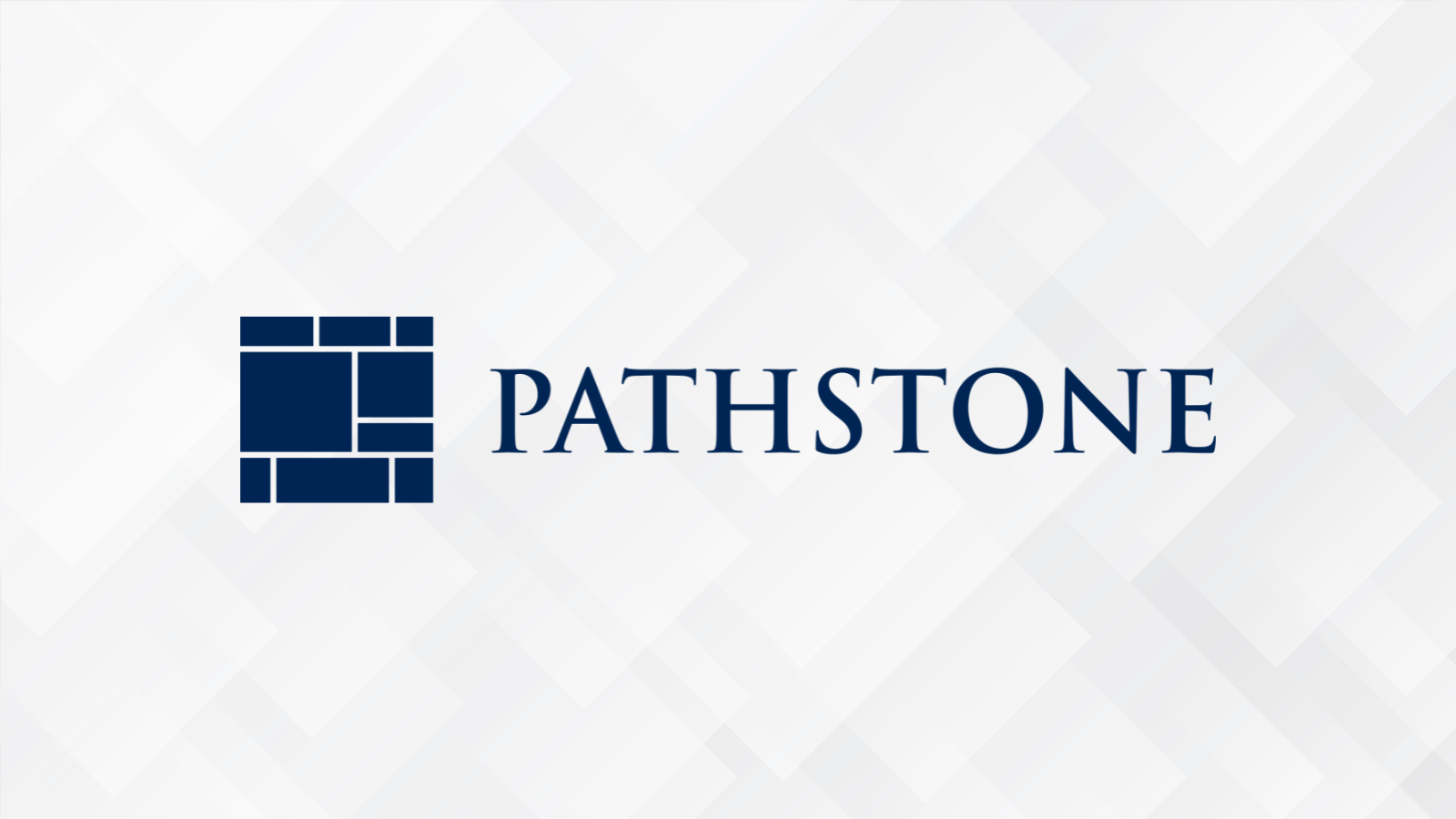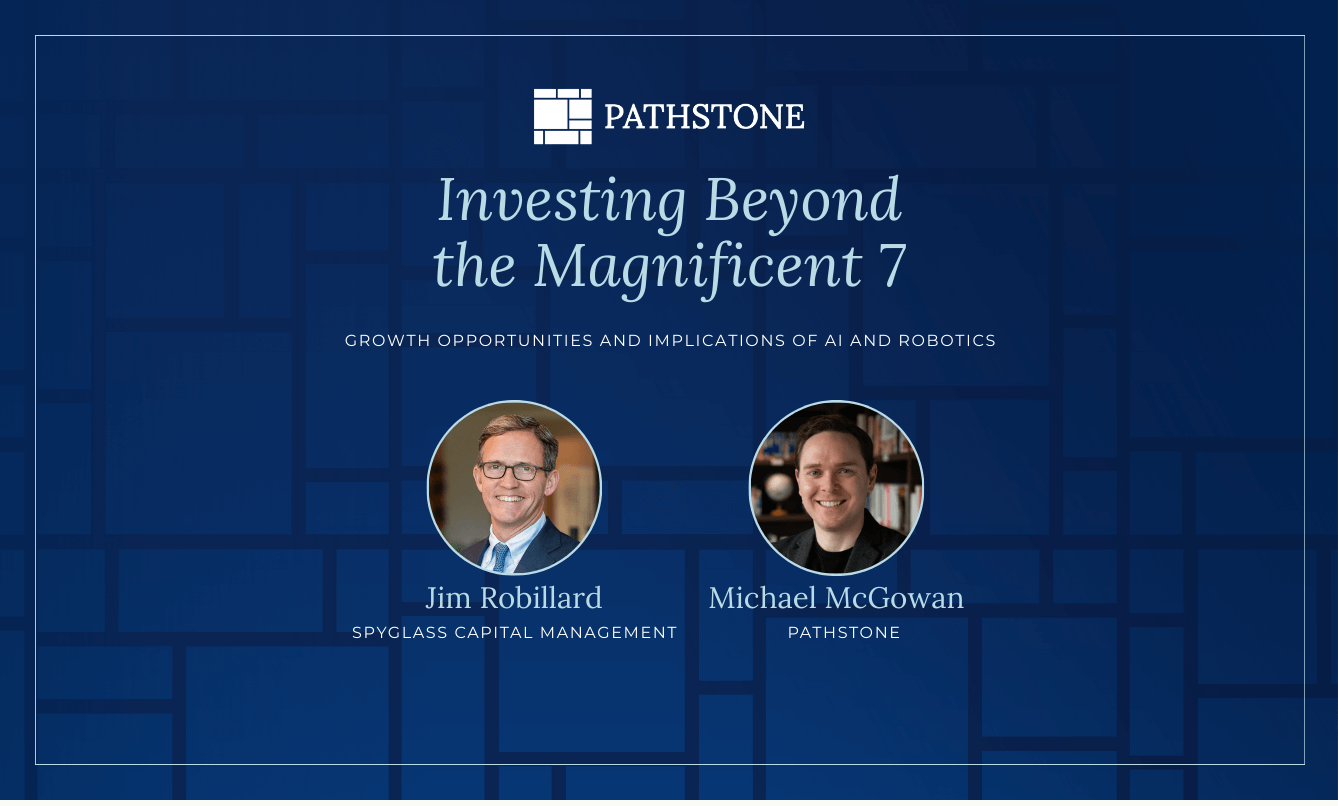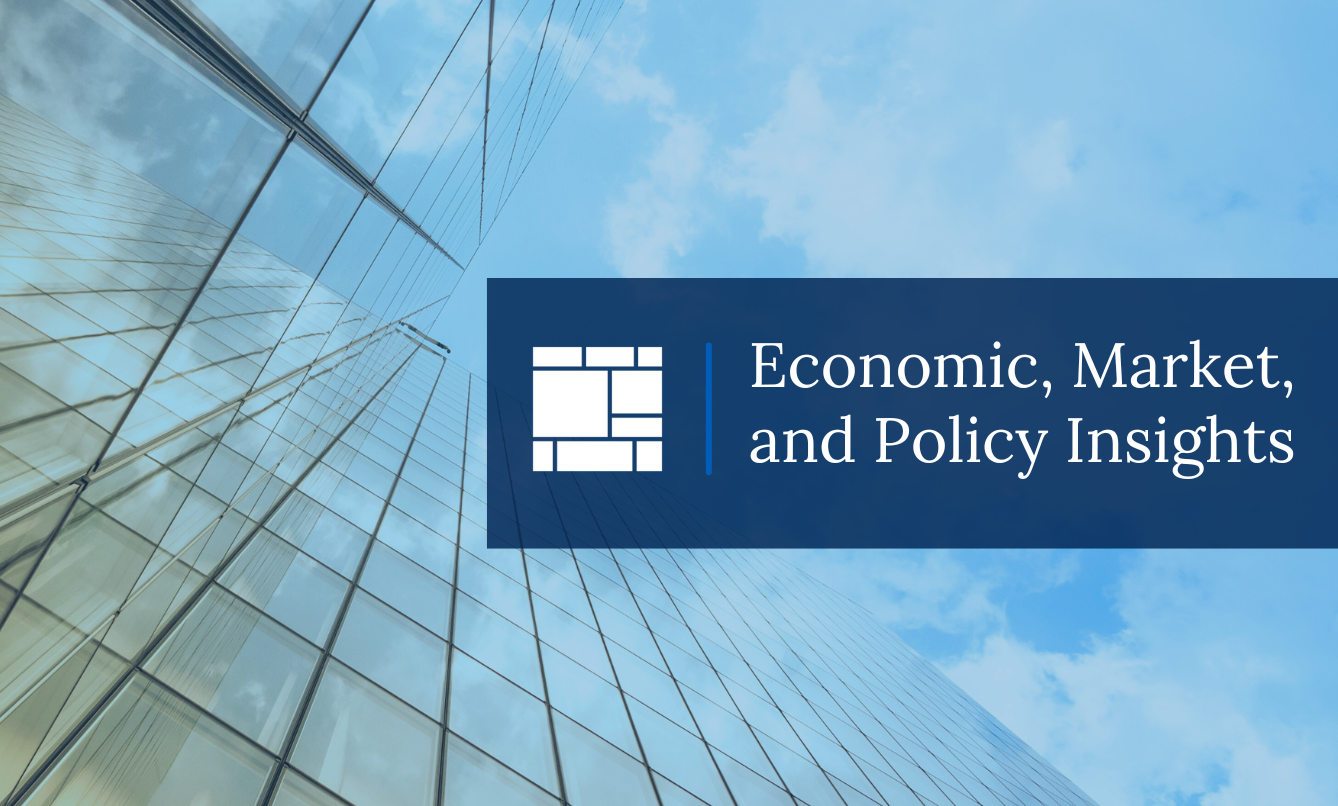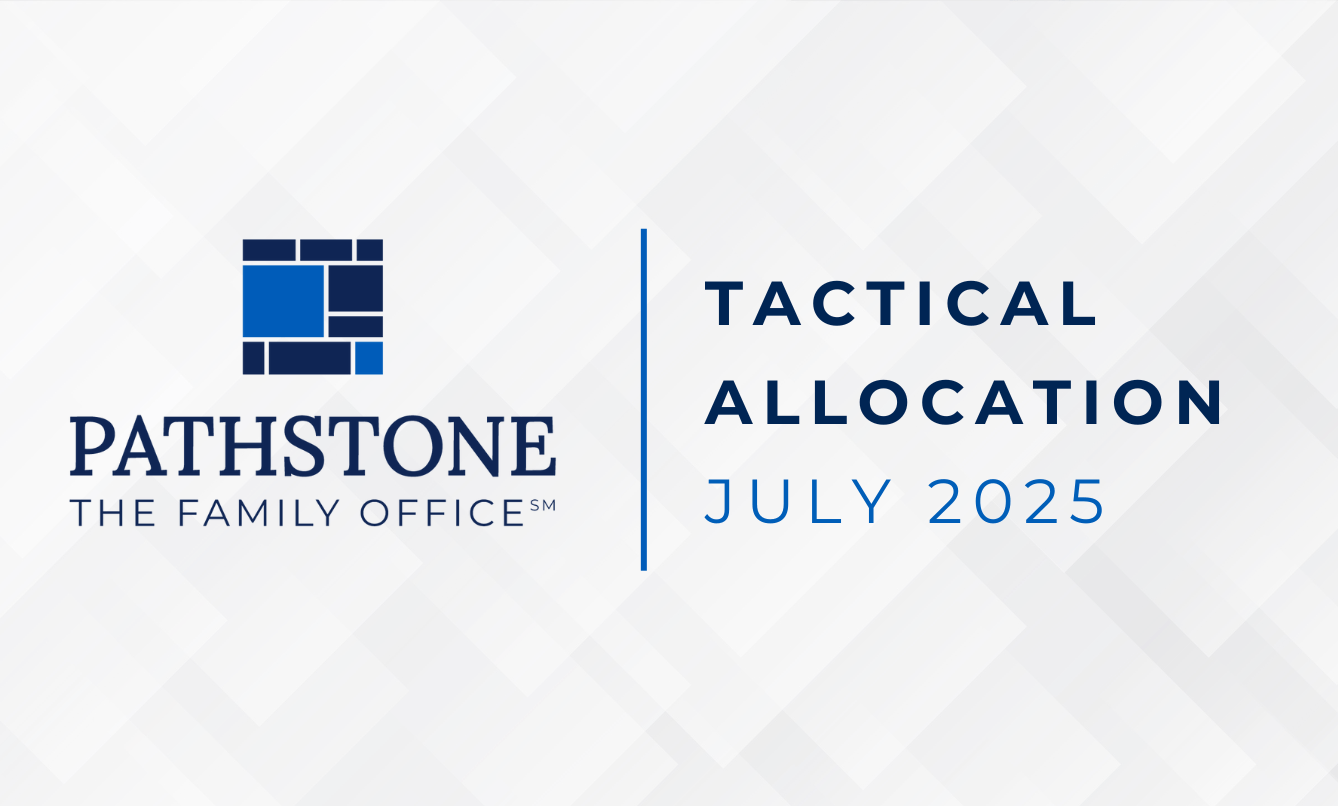While the pace of inflation has slowed significantly in recent months, it is still quite a bit higher than central banks would like. Investors are trying to gain any advantage they can in this environment by looking for signals of economic improvement or disappointment.
The Macro Picture
Just like a sprinter in the starting blocks, market participants are anticipating the pistol shot, trying to get the best jump in the investment race. Central banks have conducted one of the fastest rate-hiking cycles over the past year in an effort to rein in inflation. While the pace of inflation has slowed significantly in recent months, it is still quite a bit higher than central banks would like. Investors are trying to gain any advantage they can in this environment by looking for signals of economic improvement or disappointment. Optimism abounds in U.S. equity markets, with investors seeming to anticipate an end to the interest rate hiking cycle. So far, equity investors are treating recent bank failures, falling earnings, and the pickup in unemployment claims like minor hurdles that can’t derail the economy. Bond markets and equity markets outside the U.S. seem to be a bit more cautious about a false start.
We are in the midst of an earnings recession in the U.S. that started with Q4 earnings and is expected to continue as companies begin reporting Q1 results. It is no surprise that profits are being squeezed as wage pressures remain intact, higher interest rates weigh on borrowing costs, and input costs remain elevated. Despite this drop in earnings, U.S. equity markets have rallied so far this year, further stretching Price-to-Earnings multiples and thereby reducing forward-looking return estimates. As noted above, U.S. equity investors seem to be anticipating an ideal outcome in which inflation drops precipitously and the Fed becomes free to begin lowering interest rates. An inverted yield curve continues to suggest that bond investors may be preparing more for an end-of-cycle economic recession. Despite issues in the banking system (which will likely trigger tighter lending standards), a pickup in announced layoffs, and shrinking corporate profit margins, the economy, as measured by GDP, continues to grow. We remain cautious in equities given our view that an optimistic outcome seems pretty fully priced in, while bonds, particularly short-duration, with yields near or above 5%, have gained in attractiveness.
Europe looks attractive relative to the U.S. The European employment market is not quite as tight, interest rates are not quite as high, the currency is not nearly as strong, and Price-to-Earnings multiples seem to reflect a much more conservative outlook. The European Central Bank probably has a few more rate hikes to go as inflation is at least as high in Europe as it is in the U.S., though it varies from country to country. Separating the U.K. from the broader European market, one sees even cheaper equity prices.
Emerging markets may offer selective opportunities. In emerging markets (EM), the biggest factors affecting market performance include geopolitical tensions in Asia, the re-opening of the Chinese economy, including the reduction in Covid restrictions as well as other market-supporting policy measures, and the softening of U.S. dollar strength. Many investors appear to have given up on or at least reduced emerging market equity exposure in recent years, which has driven price-to-earnings multiples to more attractive levels. Of the various EM regions, Latin America appears to be the least expensive. EMs tend to be supported by consumption from developing economies and will behave differently depending on whether they are commodity exporters or importers.
The Micro (Bottom-up) Picture
We expect that after a year of very rapid tightening we may soon enter the next phase, which could see central banks maintaining elevated interest rates in the face of stubborn inflation. We may see a gentler reduction in interest rates if inflation cooperates. Or, we may see a steeper drop in interest rates if something breaks and we enter a recession.
We want to be mindful of the risks we are taking in portfolios, and we want to make sure that there is adequate compensation for those risks. Our forward-looking capital market assumptions anticipate meager returns for U.S. large-cap equities, while other equity classes are expected to generate returns in line with or better than, in some cases, their historical outcomes. In the short term, many things can be unpredictable, but we want to take advantage of those market events to further build positions in places that have the best fundamental outlook regardless of economic developments. One step in that direction is to rebuild the core fixed income position in portfolios. After the difficult environment of the past year, fixed income now offers a better hedge against equity market risk. We believe a barbell approach, focusing more on short-duration and longer-duration fixed income versus intermediate duration offers the best of all worlds in the sense of yield generation and protection against an economic recession, when rates would be expected to fall.
The best returns are likely to come when capital is scarce and fear abounds. With recent stresses in the banking system, particularly in the regional banks but also tighter lending standards across the banking sector, opportunities to provide capital should be more highly rewarded. We will be looking at opportunities to provide capital in the commercial lending space, where regional banks have tended to be the primary funder. Also, Private Income strategies that offer capital to support private equity deals are likely to command higher yields in the period ahead.
This is a summary of our full report. Please contact your Client Advisor for tactical allocation details.
Please see PDF for important disclosures.

